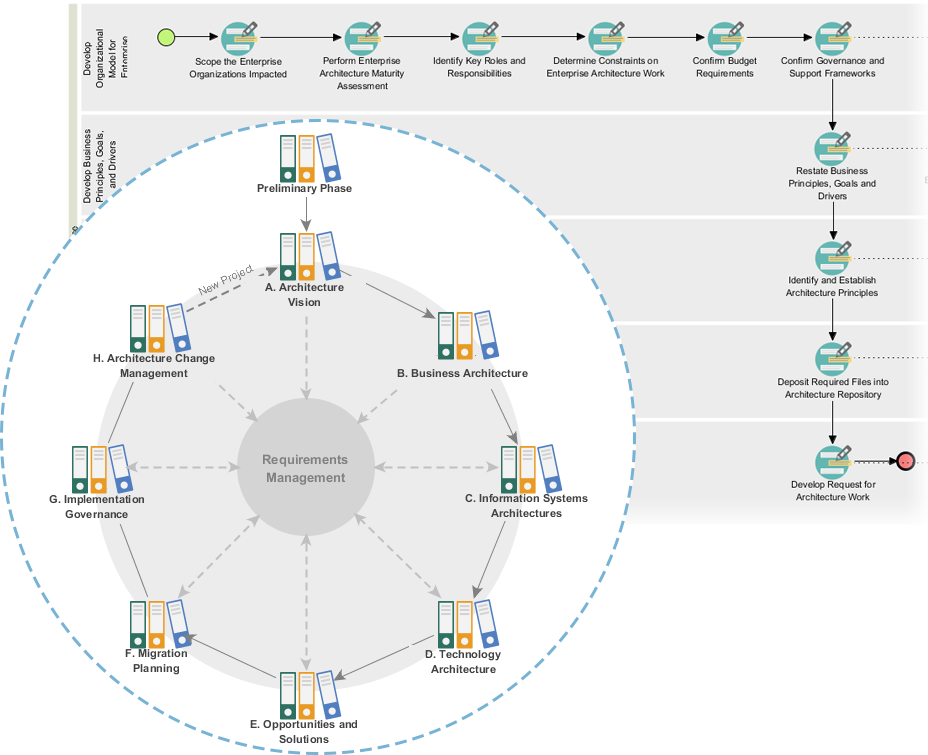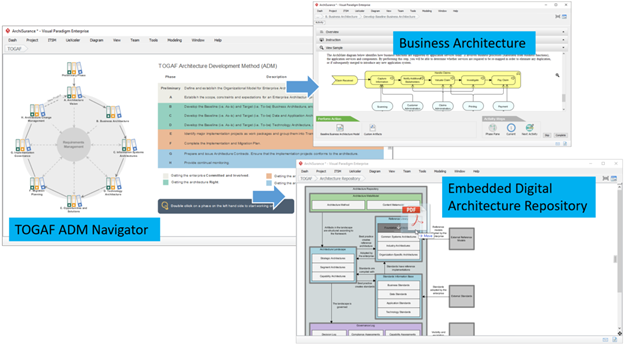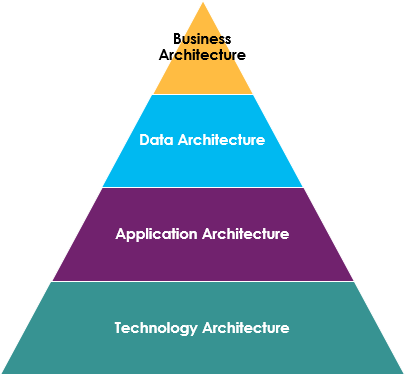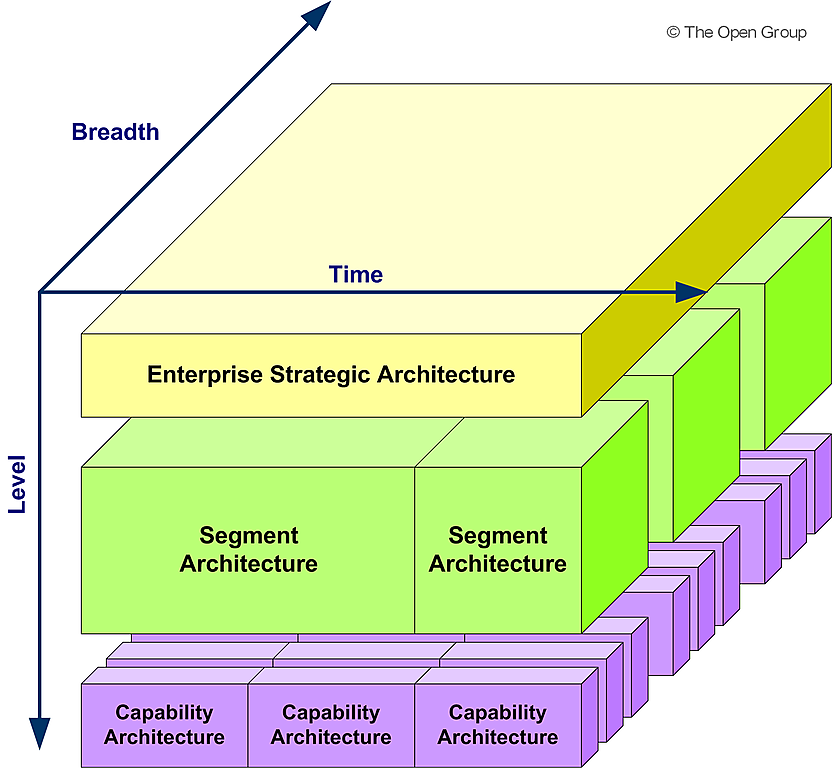The Value of TOGAF in Enterprise Architecture
Enterprise Architecture (EA) plays a crucial role in aligning business strategies with IT initiatives, serving as a roadmap for organizations to realize their vision. Among the various frameworks available for EA, The Open Group Architecture Framework (TOGAF) stands out for its structured approach and comprehensive methodology. This article explores how TOGAF facilitates the creation of an EA roadmap that aligns with organizational goals, ultimately delivering value and benefits to enterprises. Understanding the Role of EA EA provides a holistic view of an organization’s structure, processes, information, and technology. It helps identify gaps and…continue reading →







